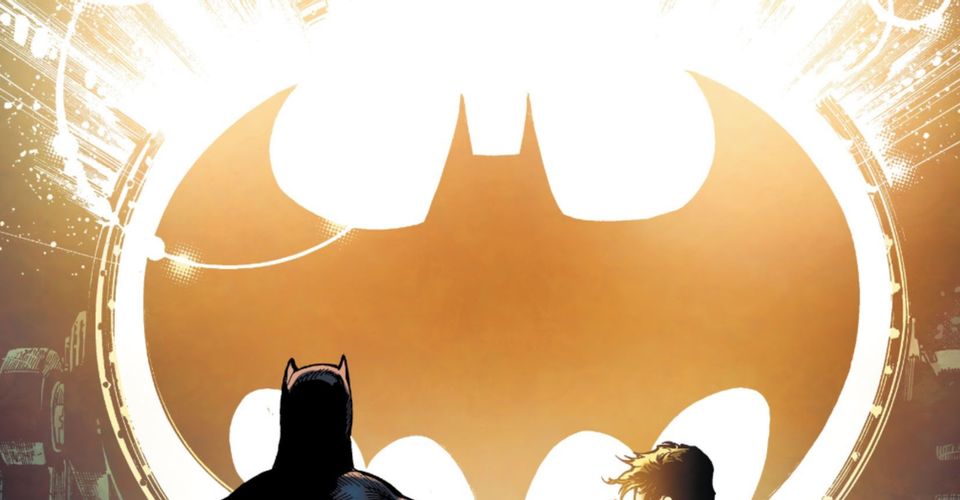Batman Just Revealed A Genius Secret About the Bat Signal

Warning: contains spoilers for Batman/Catwoman #2!
Compared to other cities in the DC Universe, Gotham is unique regarding how the city contacts its signature hero, Batman. With the flick of a switch, the Bat Signal illuminates over the gloomy city’s buildings and skyline, letting the Dark Knight know he is needed and that criminals should beware. Considered a valuable tool in fighting crime and even a symbol of hope to some, the Batman/Catwoman series just revealed a previously hidden aspect of how the Bat Signal is used that transforms how the seemingly simple tool is used.
Created by Jack Schiff and Bob Kane in Detective Comics #60 (1942), the Bat Signal alerts Batman and Robin to meet with Commissioner James Gordon atop the Gotham City Police Department’s headquarters to discuss new cases. The signal itself went through many different variations, and even a few conflicting origins as criminals were prone to destroying or stealing the device to gain the Dark Knight’s attention. Gordon himself has smashed one or two in his career, but inevitably has the Bat Signal fixed or replaced, believing it to be too important in the ongoing battle against crime within the city. But it turns out it’s even more useful to Batman and Gordon than it first appeared.
In Batman/Catwoman #2 by Tom King and Clay Mann, Bruce Wayne and Selina Kyle deal with the return of Bruce’s old flame Andrea Beaumont aka the Phantasm as well as the Joker; specifically, the recent deaths of men who had been his former henchmen. While enjoying dinner at Wayne Manor, their conversation is interrupted by the Bat Signal appearing in the sky. Assuming it’s another one of Andrea’s murders, Selina is told by Bruce that the angle of the signal is wrong, suggesting that the person waiting for them isn’t Gordon.

This small observation not only deepens the trust that Batman has with Commissioner Gordon but also gives new meaning to something that’s existed in Gotham for decades. It turns out that Batman and Gordon have a pre-agreed angle at which the Bat Signal can be deployed, with the upshot that Bruce immediately knows if someone else is trying to summon him. What’s so fun about this detail is it actually makes sense of Batman’s apparent instinct for when the Bat Signal is being misused. In stories like The Long Halloween and Lois Lane: Enemy of the People, Batman appears to intuit when someone unfamiliar is waiting for him, approaching unseen to get the upper hand if necessary. It’s exactly the kind of old-school detective detail that makes Batman such a fun character, and leaves the door open to other coded messages – if there’s an angle to prove it’s Gordon, why not another to indicate he has company, or one that communicates there’s danger but that Batman shouldn’t show up?
In this case, Batman’s suspicions are correct as he and Catwoman arrive to find the Joker standing in Jim’s place, telling jokes while two policeman’s bodies lay at his feet. Although Gordon doesn’t appear at all in the issue, this new fact continues to illuminate how strong Batman’s bond with the former Police Commissioner is, and that nothing in Batman‘s arsenal or history is beyond further exploration or reinvention.
About The Author

















